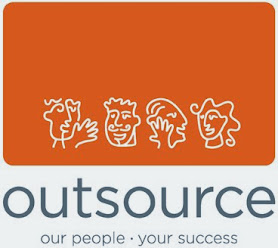Google’s efforts to increase retail search
traffic as well as ad revenue has seen them add buy buttons to the search
result pages on mobile devices. Positioning itself alongside such sites as
Amazon, it will allow consumers to save their payment information and enjoy a
fluid online shopping experience. When clicking on the buy buttons, consumers
will be directed to the product page on Google to allow them to complete the
process.
Harriet Sanders, Digital Recruiter at
Outsource Digital says “It’s an obvious next leap for Google – to compete with
sites such as Amazon and eBay where consumers can search and buy all in the one
place, Google need to be offering the next phase of the shopping process
instead of just the search facility.”
A major difference still exists between
Google’s new position and the sites they are seeming to now be competing
against: what happens post-sale. Sites such as Amazon handle the physical
aspect of transactions, purchases and returns yet Google according to the Wall
Street Journal, will still be charging retailers through its existing ad model
and not embracing the entire process. It won’t be until Google are equipped to
handle the post-sales process that they will truly be able to match what eBay
and Amazon have achieved so successfully.
Buy buttons have been tested already by sites
such as Facebook and Pinterest in an attempt to prevent potential consumers
re-directing to another site to purchase. So, for the reach Google enjoy, this
is a natural progression in their expansion into becoming a true online
marketplace.









